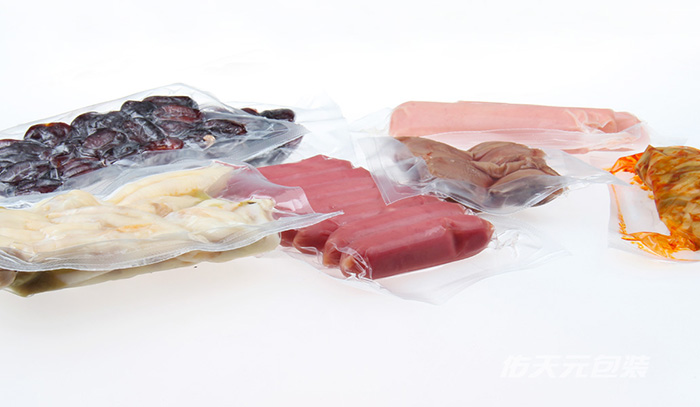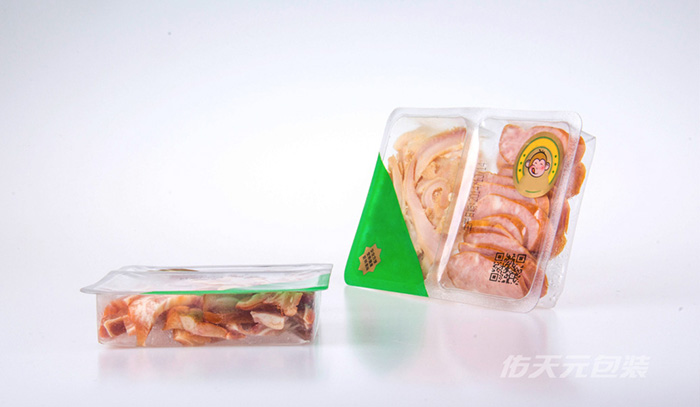- WhatsApp: +86 13606526028
- Email: contact@utien.com
Frozen food refers to food stored or distributed at -18°C or lower. The advantage of this preservation method is that the original quality of the food is completely preserved at a low temperature without the any help of preservatives and additives. What’s more, the nutrition of the food can be also preserved.

1) Healthy
The food that has been frozen and stored at a low temperature can not only effectively inhibit the activities of microorganisms and ensure the safety of the food, but also can maintain the original color and flavor of the food. Frozen preservation is a preservation method with little impact on food quality and safety.
2) Convenient
The production of frozen food can meet people's demand for both non-seasonal and non-local foods, such as sausages and preserved products.
3) Storable
Any microorganism has a certain temperature range for normal growth and reproduction. The lower the temperature is, the weaker microorganism’s mobility is. Generally, frozen food can be stored for a longer time at low temperature, and the preservation effect of food at a low temperature is much better than that at room temperature.
1) Drying Loss
The drying loss will become more serious as the freezing time becomes longer. So, what is drying loss? Drying loss is a phenomenon that when the food is frozen, the moisture on the surface of the food evaporates. It will make food lose their fresh and plump appearance and become dry.
2) Freezer Burn
Freezer Burn is the result of fat oxidation and carbonyl ammonia reaction during the food freezing. As the food continues to dry out, the surface of the food gradually becomes porous, which increases the contact area with oxygen and causes oxidative rancidity. So the food will become discolored, rancid and sticky.
The evaporation of water and the oxidation reaction of oxygen in the air are the causes of the above problems. Therefore, as a barrier between frozen foods and the outside world, high-quality packaging can effectively prevent the penetration of moisture and oxygen.

Proper packaging can ensure that the size, shape, texture, color and flavor of the frozen food will not change significantly, and it can also maintain the original fresh state.
1) Modified Atmosphere Storage
Modified atmosphere storage is based on refrigeration and it artificially adjusts the ratio of oxygen and carbon dioxide in the storage environment to slow down the physiological effects of fresh food and the speed of biochemical reactions. Generally, modified atmosphere storage can prolong the storage period by 2-3 times than ordinary refrigeration, which is a more advanced food preservation method nowadays.
2) Vacuum Packaging
The principle of vacuum packaging is to reduce the oxygen in the package, so as to prevent the deterioration, maintain the color and fragrance, and extend the shelf life of food. Vacuum packaging food can prevent microorganisms from multiplying in the food, and is suitable for packaging a variety of foods.
Frozen food is widely loved by consumers for its safety and nutrition value. In addition to the food itself, packaging is most closely related to food. Modified atmosphere storage and vacuum packaging can slow down the evaporation of food moisture and the penetration of oxygen. Utien can provide you vacuum machines for frozen food packaging. Moreover, frozen food with packaging by Utien’s vacuum machines can preserve its original color, taste and nutritional value, so it is safer for you to eat them.
By continuing to use the site you agree to our privacy policy Terms and Conditions.